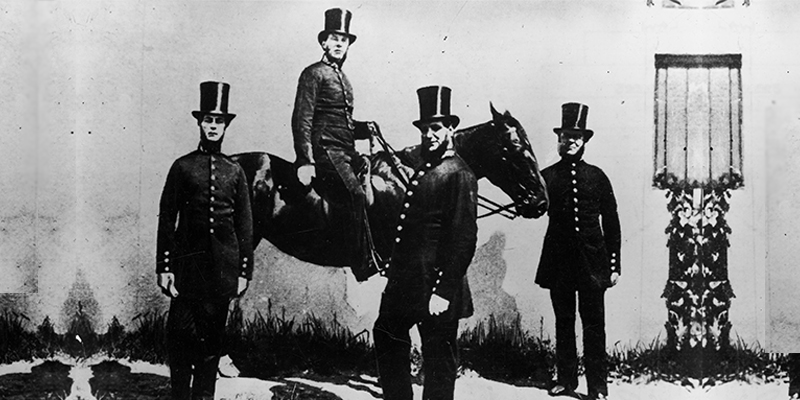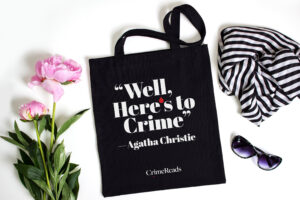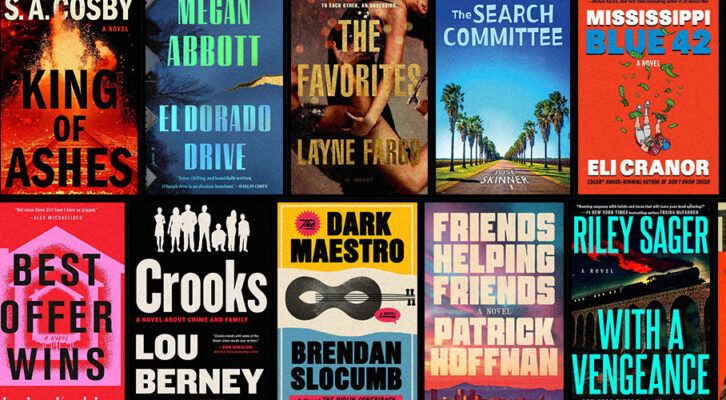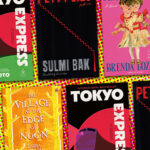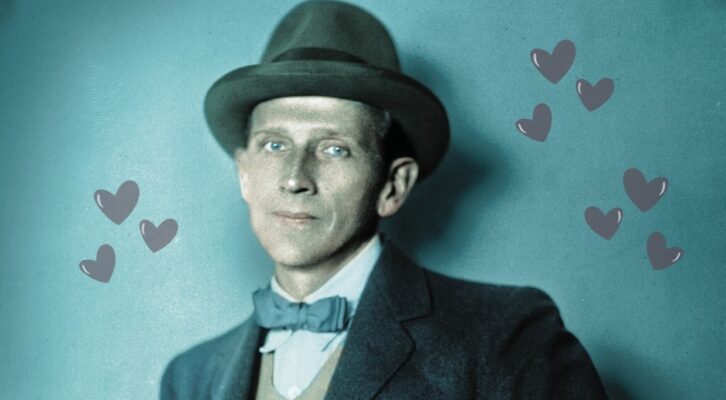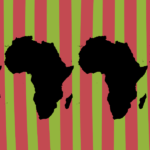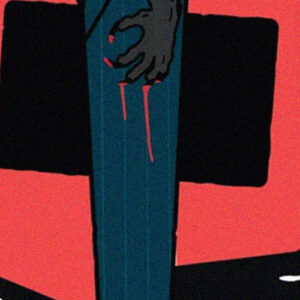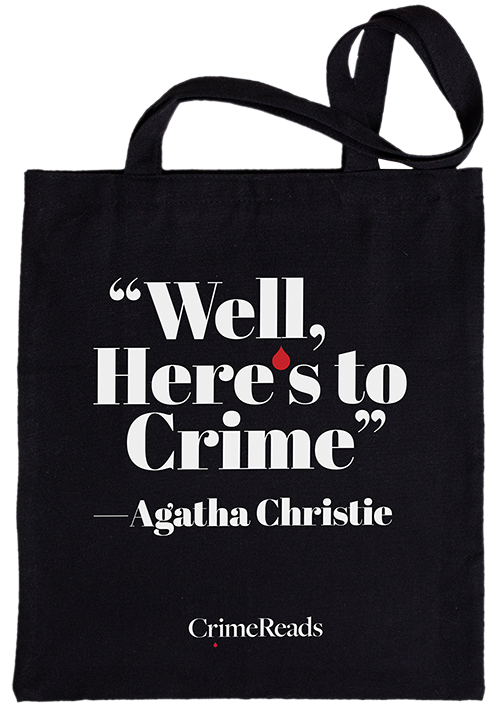It’s a funny word!
In the 19th century, police constables were called “Bobbies” after Home Secretary Robert Peel, who established the institution of the police in the first place.
London’s centralized police force was established in 1828-29, replacing local peacekeeping systems that had proven ineffective at stopping crime (both because of small jurisdictions and a culture of corruption within the peacekeepers). And stopping crime was a priority; by the time of the establishment of the Metropolitan Police, more than one in ten people had criminal involvement. Then-Home Secretary Robert Peel passed a bill to inaugurate the new police system, but the people of London were in fervent opposition to what they believed would lead to heightened military presence. There were massive protests, and one grew so large and powerful that the King had to cancel a public appearance. It is likely that this resistance was born from an awareness of the political turmoil and the changing governmental regimes of the French Revolution. Officials attempted to soothe the populace through costume; to symbolically distance the police force from the red-jacketed military, officials decided that the police uniforms should be blue.
These new constables—not only called “Bobbies” but also “Peelers,” again after Peel—were the subjects of cultural debate. Many, such as the author of an 1878 article in All the Year Round, maintained that the Bobbies were a far better alternative to any of London’s previous watchmen initiatives, especially the appointed peacekeepers of Charles II, which were abolished by Peel’s New Police. These “Charlies” were known for their rampant abuses of power. The author asserted: “we are all ready enough to grumble at the shortcomings of our blue-coated protectors and begrudge them the gratitude we owe for being able to take our walks abroad by day or night in tolerable security; but let us abuse them as we may, we should be loth [sic] to exchange our modern Bobbies for the ancient Charlies.”
Another term for the police, as an institution, was “The Bill” or “The Old Bill,” referring to the act of Parliament that created them.
You might be asking, so what are the ‘Bow Street Runners?’ Are they the same thing?
No! Great question! The Bow Street Runners were another earlier attempt at a peacekeeping system, the one right before the Bobbies! The Bow Street Runners, or the “Runners” were the officers of the Bow Street Magistrates’ Court in London (specifically) Westminster, created in 1749 by none other than Henry Fielding, who wrote the classic novel Tom Jones, among many others. I chronicle their saga here.
Righto! Well, where does “Scotland Yard” come from?
“Scotland Yard” is a metonym that refers to “the police.” It refers to the location of the original headquarters of the Metropolitan police force; their office was first located at 4 Whitehall Place, with the public entrance on the perpendicular street, Great Scotland Yard. Over time, the location became the term for the police on the whole.

